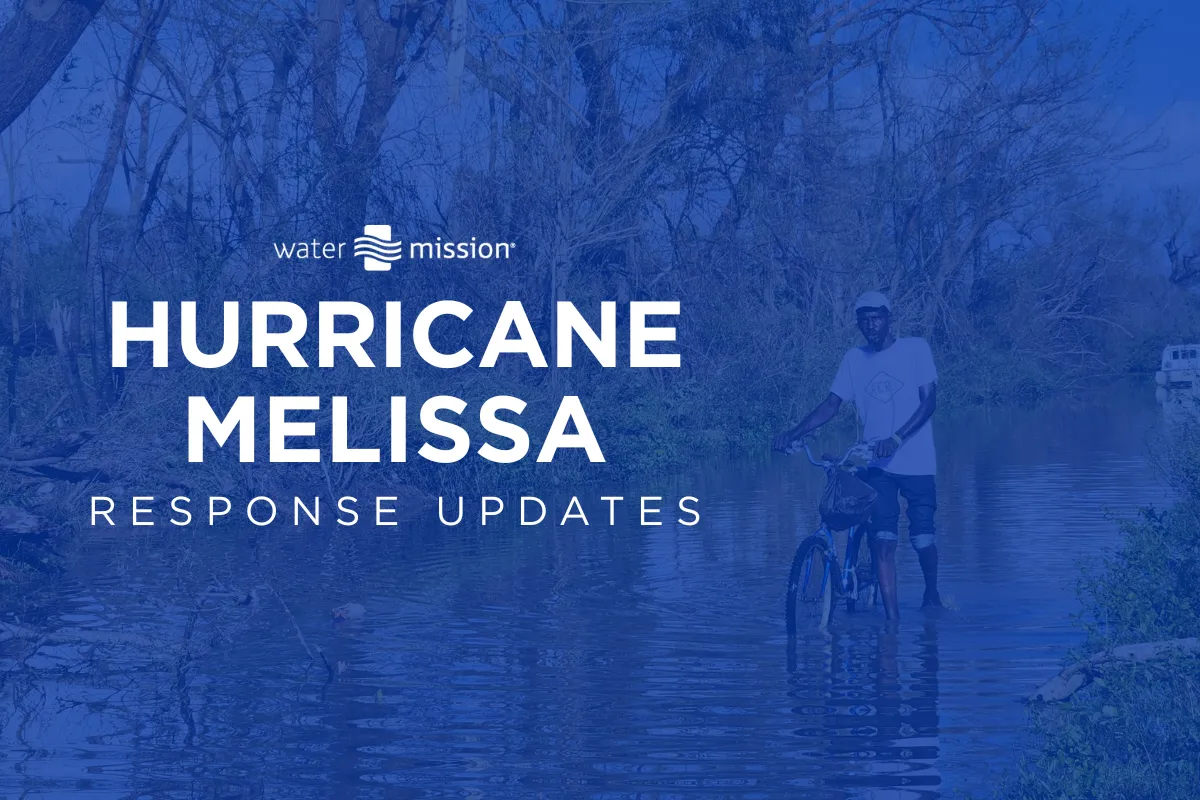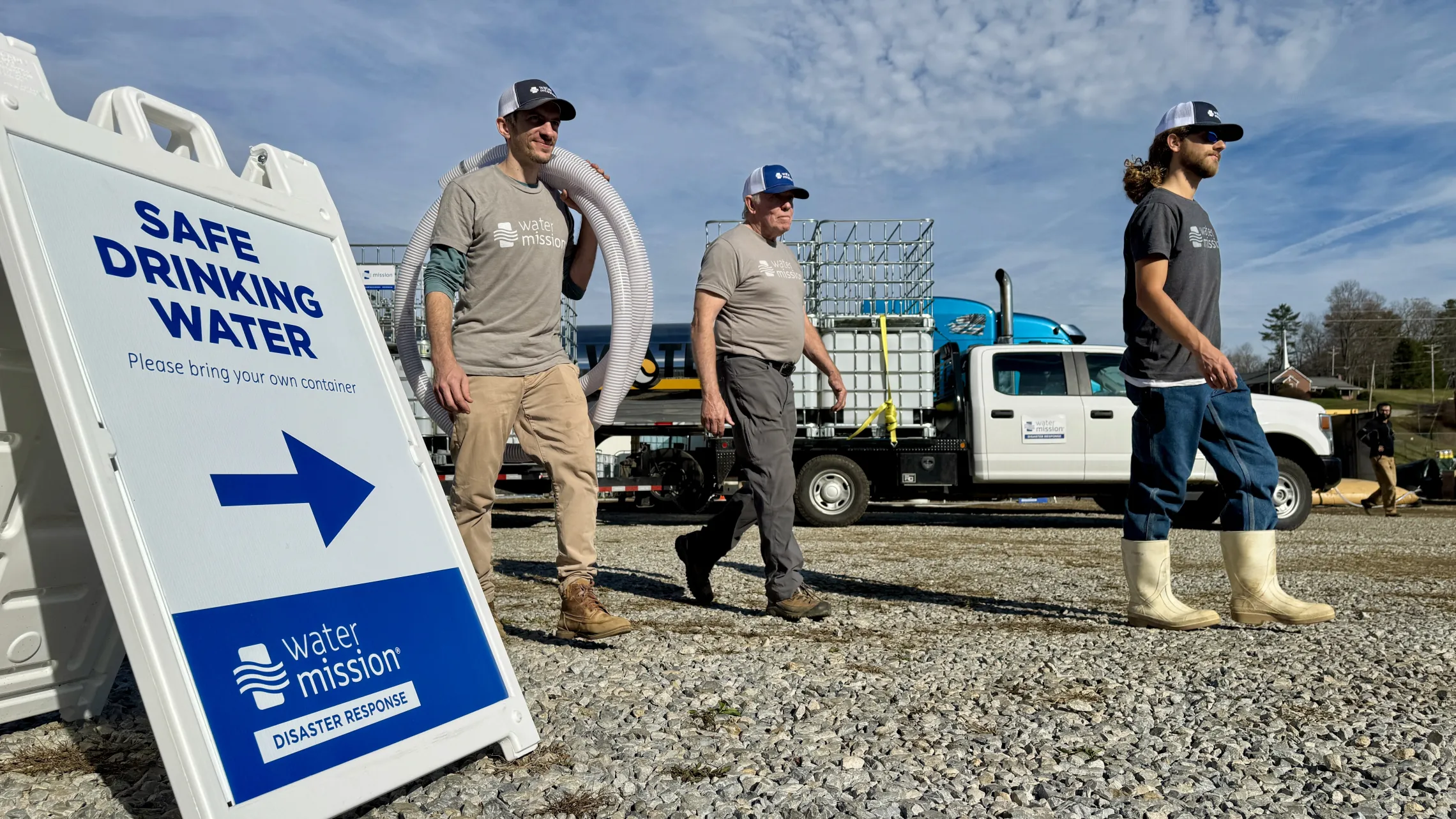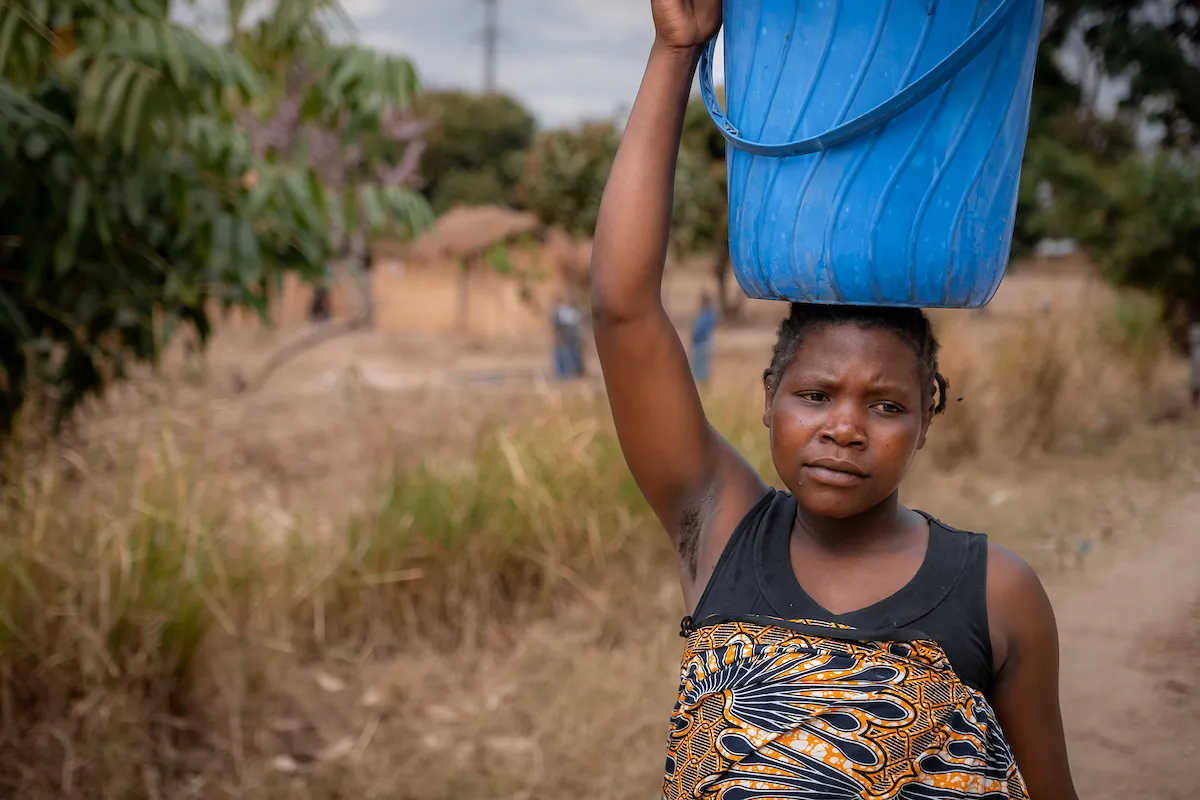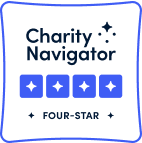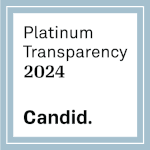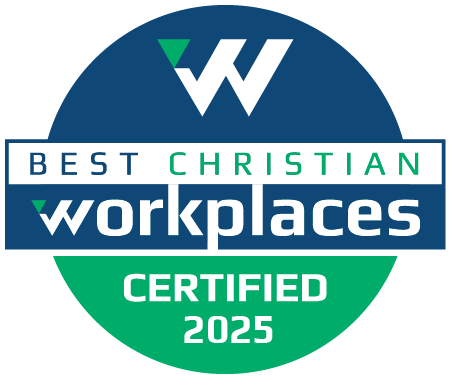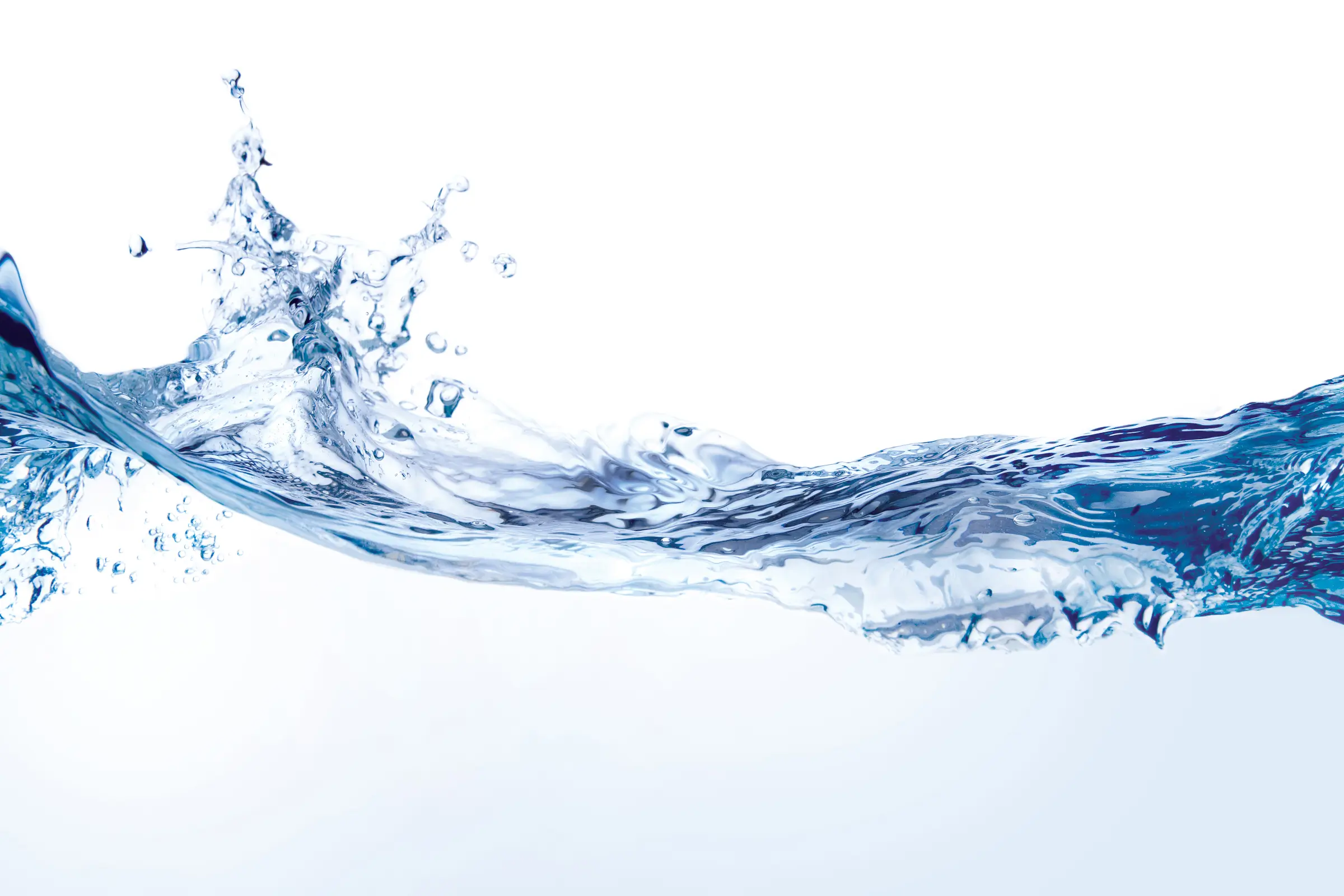Okurase: Drilling For Life
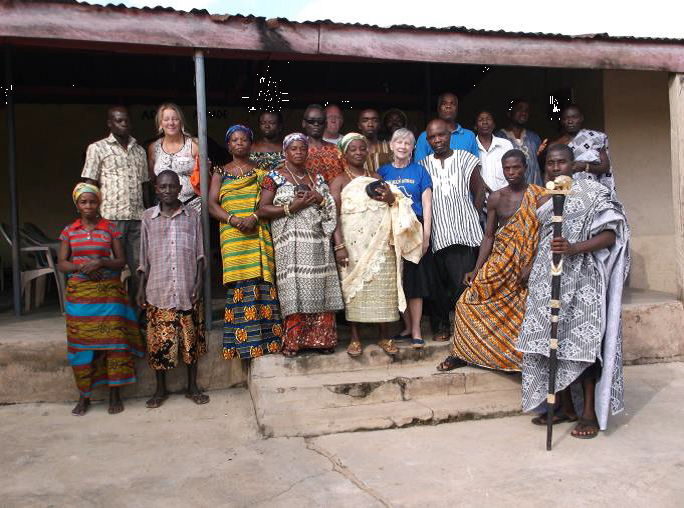 Linda Plunkett and the Council of Elders in Okurase, Ghana
Okurase, Ghana is a village of 3,000 people, over half of which are children and none of whom have clean water. In 2013, after two years of planning and fundraising, Water Missions International and Project Okurase’s efforts resulted in the discovery, drilling, pumping, and supplying of clean, safe water to the village of Okurase. The community will celebrate New Year’s 2014 with their first source of clean water.
The founders of Project Okurase knew that one of the vital concerns for the community was a lack of safe drinking water, and they conferred with the Council of Elders in Okurase to seek their wisdom and direction. The Council authorized the Project Okurase team to find partners and resources to implement a safe water solution for their village. The Elders pledged community support by providing labor and hosting visiting engineers. They vowed to do whatever they could to help, using the limited resources available in a village of subsistence farmers with virtually no financial resources.
Linda Plunkett and the Council of Elders in Okurase, Ghana
Okurase, Ghana is a village of 3,000 people, over half of which are children and none of whom have clean water. In 2013, after two years of planning and fundraising, Water Missions International and Project Okurase’s efforts resulted in the discovery, drilling, pumping, and supplying of clean, safe water to the village of Okurase. The community will celebrate New Year’s 2014 with their first source of clean water.
The founders of Project Okurase knew that one of the vital concerns for the community was a lack of safe drinking water, and they conferred with the Council of Elders in Okurase to seek their wisdom and direction. The Council authorized the Project Okurase team to find partners and resources to implement a safe water solution for their village. The Elders pledged community support by providing labor and hosting visiting engineers. They vowed to do whatever they could to help, using the limited resources available in a village of subsistence farmers with virtually no financial resources.
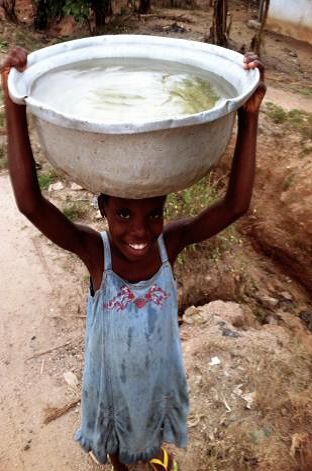 The whole village knew that their water was unsafe, but there was no other option.
Project Okurase decided that Water Missions International would be the preferred partner to implement a best-in-class engineering and water management system in the village since the organization is well known for providing long-lasting safe and sustainable water solutions for people in developing countries and disaster areas, and the beautiful people in Okurase deserve nothing but the very best.
Water Missions International was impressed with the project, and Okurase seemed like a suitable location for implementing one of its water systems, but there was a major snag—Water Missions International does not have a country program in West Africa. Country programs support WMI projects with professional staff, knowledge of local resources, and logistical plans. Water Missions International had never undertaken such a large water project without a country program. But Water Missions believed in Project Okurase as much as Project Okurase believed in them, so they took a leap of faith and agreed to work with Project Okurase, despite the challenges that were involved in not having a convenient country program to provide the oversight and logistical support. Once the decision was made, Water Missions International engineers developed a multi-phased project plan for a sustainable clean water system throughout the village.
I began my involvement with this project as a volunteer with a special interest in both Project Okurase and Water Missions International. I agreed to work as part of the planning and fundraising team for the water project. The more immersed I became in the research and financing possibilities, the more convinced I was that I needed to go to the village to experience the conditions first-hand and interview members of the community about their needs. I knew I would not be satisfied by limiting my involvement to strategy and donations. This project consumed my time and attention. Every time I took a hot shower or flushed the toilet or used a washing machine, I realized that no one in Okurase had these options. I also realized that spending two weeks without running water or electricity would be a personal challenge for me, but I never doubted that I needed to go to Ghana.
The whole village knew that their water was unsafe, but there was no other option.
Project Okurase decided that Water Missions International would be the preferred partner to implement a best-in-class engineering and water management system in the village since the organization is well known for providing long-lasting safe and sustainable water solutions for people in developing countries and disaster areas, and the beautiful people in Okurase deserve nothing but the very best.
Water Missions International was impressed with the project, and Okurase seemed like a suitable location for implementing one of its water systems, but there was a major snag—Water Missions International does not have a country program in West Africa. Country programs support WMI projects with professional staff, knowledge of local resources, and logistical plans. Water Missions International had never undertaken such a large water project without a country program. But Water Missions believed in Project Okurase as much as Project Okurase believed in them, so they took a leap of faith and agreed to work with Project Okurase, despite the challenges that were involved in not having a convenient country program to provide the oversight and logistical support. Once the decision was made, Water Missions International engineers developed a multi-phased project plan for a sustainable clean water system throughout the village.
I began my involvement with this project as a volunteer with a special interest in both Project Okurase and Water Missions International. I agreed to work as part of the planning and fundraising team for the water project. The more immersed I became in the research and financing possibilities, the more convinced I was that I needed to go to the village to experience the conditions first-hand and interview members of the community about their needs. I knew I would not be satisfied by limiting my involvement to strategy and donations. This project consumed my time and attention. Every time I took a hot shower or flushed the toilet or used a washing machine, I realized that no one in Okurase had these options. I also realized that spending two weeks without running water or electricity would be a personal challenge for me, but I never doubted that I needed to go to Ghana.
 Water Missions International engineers designed a water solution for the people of Okurase.
A year of intensive planning, surveying, designing, fundraising, and a few unplanned delays followed the onset of my involvement with the project. In the spring of 2013, plans and funds were in place and Water Missions International chose Patrick Haughney, an engineer based in Charleston, to travel to Okurase to oversee the drilling of boreholes in the village. In a happy coincidence, Pat’s trip was planned at the same time as I was scheduled to travel to Okurase.
I was delighted that I would be at Pat’s side to observe the drilling and learn about the entire process. Rarely do donors have the opportunity to see their funds at work on the ground. Pat was a patient and wise instructor for me and the others in the village—we started calling him St. Patrick.
Water Missions International engineers designed a water solution for the people of Okurase.
A year of intensive planning, surveying, designing, fundraising, and a few unplanned delays followed the onset of my involvement with the project. In the spring of 2013, plans and funds were in place and Water Missions International chose Patrick Haughney, an engineer based in Charleston, to travel to Okurase to oversee the drilling of boreholes in the village. In a happy coincidence, Pat’s trip was planned at the same time as I was scheduled to travel to Okurase.
I was delighted that I would be at Pat’s side to observe the drilling and learn about the entire process. Rarely do donors have the opportunity to see their funds at work on the ground. Pat was a patient and wise instructor for me and the others in the village—we started calling him St. Patrick.
 Linda and Pat watched as the drill found safe water.
Within an hour of our arrival in the village, Pat and I were taken to the first drill site. We walked through a field of cassava and corn to meet the Ghanaian crew who would do the drilling. The drill rig was in place and ready to begin. I was amused to see that one of the crew was using a divining rod to locate the best drill spot. I suppose someone has to verify those high-tech hydro-geological reports.
As the drill rig began its rhythmic thumping, I daydreamed about the rich potential of the village—its land, its culture, its music, its skilled artisans, and its warm, industrious people. Finding water would help this village realize a new level of health and prosperity. As my mind wandered, I began to think of the drilling as drumming.
My reverie was ended by animated chatter in the Twi language. I didn’t understand the words, but I knew that the crew had found something. Pat and I were motioned to come and see. There at the base of the drill casing was wet sand. Within a few more minutes, there was a puddle. I was overwhelmed with emotion when water bubbled to the surface for the first time. I think I did a happy dance.
Linda and Pat watched as the drill found safe water.
Within an hour of our arrival in the village, Pat and I were taken to the first drill site. We walked through a field of cassava and corn to meet the Ghanaian crew who would do the drilling. The drill rig was in place and ready to begin. I was amused to see that one of the crew was using a divining rod to locate the best drill spot. I suppose someone has to verify those high-tech hydro-geological reports.
As the drill rig began its rhythmic thumping, I daydreamed about the rich potential of the village—its land, its culture, its music, its skilled artisans, and its warm, industrious people. Finding water would help this village realize a new level of health and prosperity. As my mind wandered, I began to think of the drilling as drumming.
My reverie was ended by animated chatter in the Twi language. I didn’t understand the words, but I knew that the crew had found something. Pat and I were motioned to come and see. There at the base of the drill casing was wet sand. Within a few more minutes, there was a puddle. I was overwhelmed with emotion when water bubbled to the surface for the first time. I think I did a happy dance.
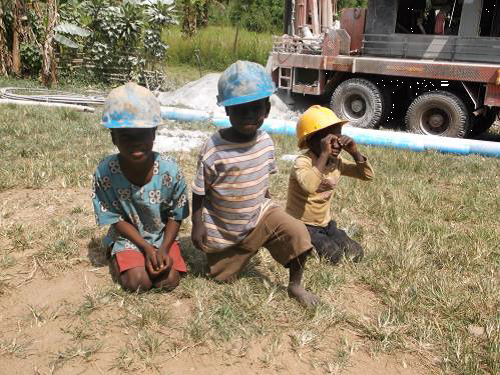 Children played at the drill site, overjoyed that they would soon have water.
I had to return to Charleston after two weeks, but Pat stayed on in the village where he supervised the drilling of a total of four wells. The first 3 boreholes did produce some water, but they did not provide adequate quantities or convenient locations. However, the last drill—auspiciously— located on the chief’s land—uncovered an aquifer that could provide sufficient quantities of water for the entire village. Pat Haughney and Water Missions International had won the respect and gratitude of the village.
The month of July 2013 will be remembered as the time when clean water was found in Okurase. The next phase was to pump the water from the borehole to the marketplace where it could be accessed conveniently by the entire community. Before that step could be taken, there would be more planning and fundraising needed, and this was accomplished in just a few months.
In October 2013 an engineer from WMI’s Ugandan team arrived in the village to supervise the digging of trenches, the laying of pipes, and the collection of water into tanks in the marketplace. Every tribe and neighborhood in the village participated by providing laborers to work on this phase. Everyone could see that their dreams of clean water were turning into tangible results.
Children played at the drill site, overjoyed that they would soon have water.
I had to return to Charleston after two weeks, but Pat stayed on in the village where he supervised the drilling of a total of four wells. The first 3 boreholes did produce some water, but they did not provide adequate quantities or convenient locations. However, the last drill—auspiciously— located on the chief’s land—uncovered an aquifer that could provide sufficient quantities of water for the entire village. Pat Haughney and Water Missions International had won the respect and gratitude of the village.
The month of July 2013 will be remembered as the time when clean water was found in Okurase. The next phase was to pump the water from the borehole to the marketplace where it could be accessed conveniently by the entire community. Before that step could be taken, there would be more planning and fundraising needed, and this was accomplished in just a few months.
In October 2013 an engineer from WMI’s Ugandan team arrived in the village to supervise the digging of trenches, the laying of pipes, and the collection of water into tanks in the marketplace. Every tribe and neighborhood in the village participated by providing laborers to work on this phase. Everyone could see that their dreams of clean water were turning into tangible results.
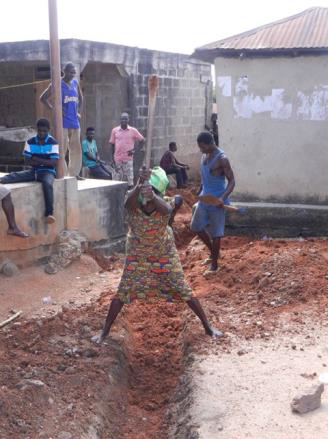 Everyone, even women, pitched in to help dig trenches.
The access to clean water is a commencement, not a conclusion. There are still no toilets or a system of waste management in the village, and Project Okurase is in the process of researching options for these needs. Yet we volunteers for Project Okurase and the community of Okurase are encouraged and motivated by the success of the clean water system. While we explore new opportunities, work on the water project will continue.
Water, sanitation, and hygiene (called WASH) training is critical in a village that has never had clean water. Okurase will also need a plan for household water treatment and safe storage (known as HWTS) that will include sanitary water carriers and containers. A system needs to be put in place for the distribution and monitoring of water in the marketplace. The equipment needs to be maintained.
In short, there is still a lot of work to do. I plan to return to Okurase this month to help. I believe that I need to witness that water is available in the village and be there with the people of Okurase when they ring in the arrival of a new year.
To learn more about Project Okurase,go here.
Everyone, even women, pitched in to help dig trenches.
The access to clean water is a commencement, not a conclusion. There are still no toilets or a system of waste management in the village, and Project Okurase is in the process of researching options for these needs. Yet we volunteers for Project Okurase and the community of Okurase are encouraged and motivated by the success of the clean water system. While we explore new opportunities, work on the water project will continue.
Water, sanitation, and hygiene (called WASH) training is critical in a village that has never had clean water. Okurase will also need a plan for household water treatment and safe storage (known as HWTS) that will include sanitary water carriers and containers. A system needs to be put in place for the distribution and monitoring of water in the marketplace. The equipment needs to be maintained.
In short, there is still a lot of work to do. I plan to return to Okurase this month to help. I believe that I need to witness that water is available in the village and be there with the people of Okurase when they ring in the arrival of a new year.
To learn more about Project Okurase,go here.
Related Impact Stories
